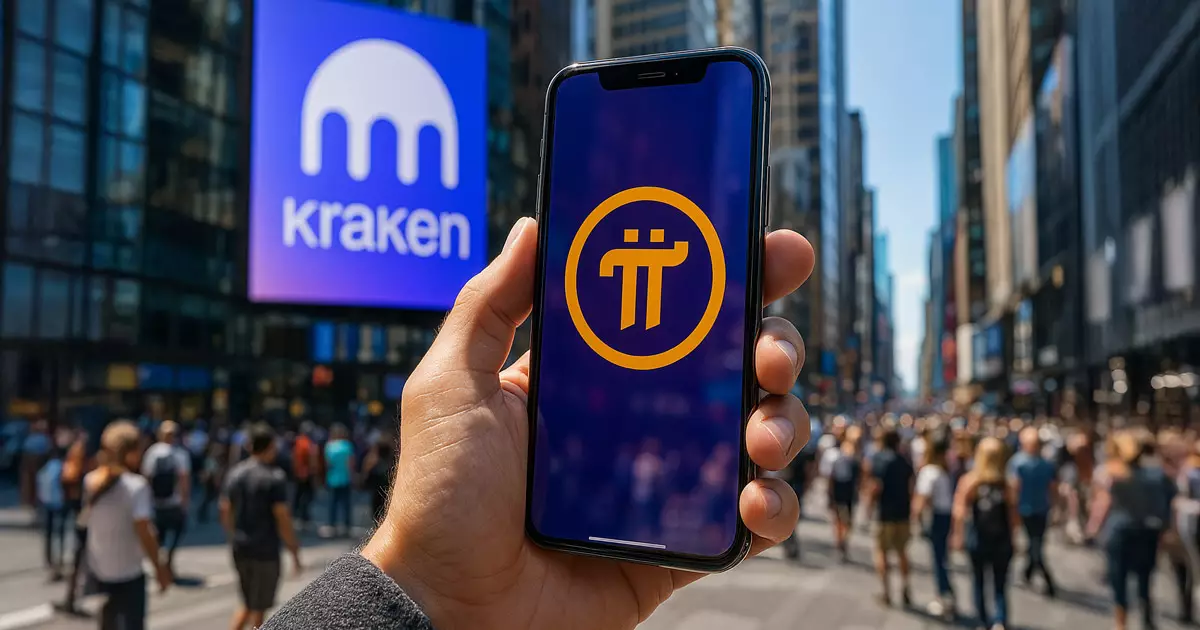The recent introduction of perpetual futures contracts for Pi Network’s native token, PI, on Kraken’s platform has sparked considerable discussion in the community. Traders can now engage in high-stakes speculation with 20x leverage, presenting an exciting avenue for profits, or so it seems. However, the unanticipated twist is that this significant development failed to galvanize the token’s price in any meaningful way. As of now, PI is languishing at around $0.77, down over 5% in just a day. This isn’t just a number; it’s a glaring indicator of the systemic issues plaguing the token’s viability and the broader network.
Perpetual Contracts: A Double-Edged Sword
One would think that launching PI derivatives on a respected platform like Kraken would herald a new era of legitimacy. Instead, it has thrown into stark relief the inherent volatility associated with such instruments. Perpetual futures, unlike their traditional counterparts, allow traders to maintain their positions indefinitely, but they also introduce an unpredictable element into the market. Traders must deal with funding rate payments, which can theoretically make their positions unstackable when market sentiment sours. For a project already wrestling with significant price swings, the potential for further turbulence is alarming. This is not just a matter of increased liquidity; it speaks volumes about the existing instability in PI’s ecosystem.
Deep-Rooted Concerns: The Decentralization Dilemma
Those who champion innovation often overlook the fundamental principles that govern successful cryptocurrencies. The concentration of PI tokens—over 60% held by a core team—casts a shadow on the project’s promised decentralization. Coupled with the overwhelming dominance of validator nodes located disproportionately in Vietnam, the impending regulatory tightening looms like an ominous cloud over the network. These issues not only breed skepticism among investors but also undermine the credibility of the entire project. The illusion of decentralization is readily apparent, raising questions about Pi’s long-term sustainability.
The Ripple Effect: Market Sentiment and Speculation
When you factor in the possibility of liquidations from both long and short positions, you encounter a cocktail of unpredictability that can exacerbate already heightened volatility. In such a charged environment, bearish sentiment feeds on itself. Short sellers are likely to exploit new tools to amplify pressure on PI’s market, producing spikes in price fluctuations that investors may find unsettling. The lack of listings on heavyweight exchanges like Coinbase or Binance signals a problematic relationship between PI and the broader crypto landscape, leaving many to question if the hype surrounding Kraken’s listing was more about optics than substance.
While Kraken’s perpetual contracts ostensibly suggest progress and increased interest from institutional players, the sobering reality is that these developments may only add fuel to an already volatile fire. Until Pi Network grapples with its internal challenges and earns a spot on leading exchanges, the outlook for PI—once buoyed by hype—remains fraught with uncertainty and skepticism.

